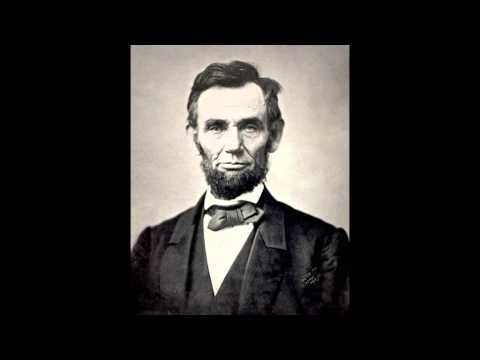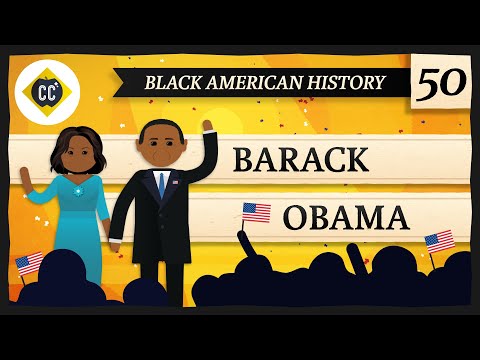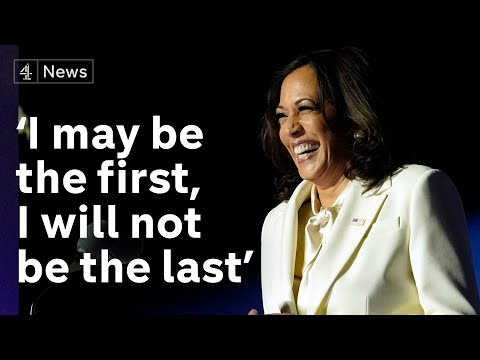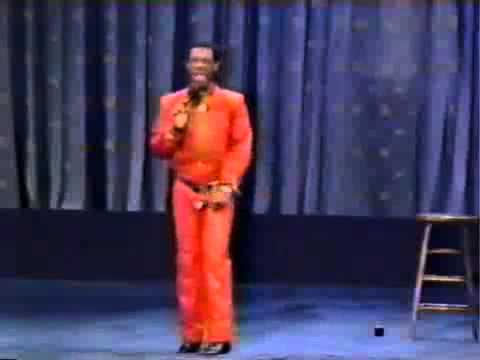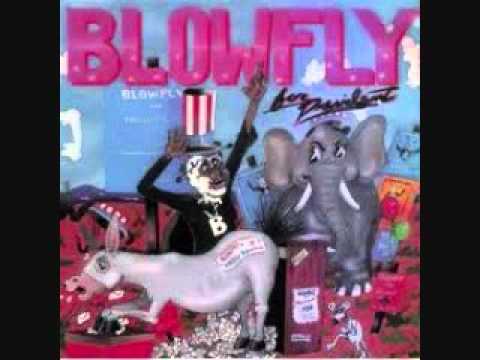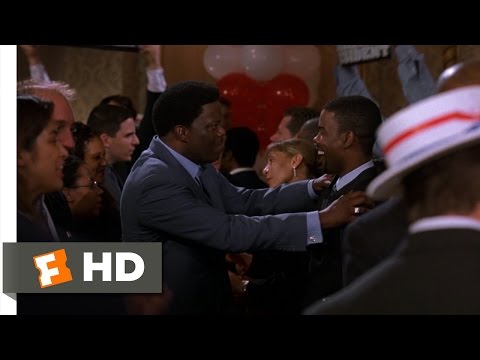Introduction
Comedy duo Key and Peele, known for their brilliant sketches and impersonations, have a particular talent for satirizing societal norms and cultural phenomena. One of their most iconic and memorable skits involves a parody of the formalities surrounding handshakes in the political arena. In this article, we delve into Key and Peele’s Obama Presidential Handshake scene, exploring the underlying social commentary it offers while keeping us entertained with its perfect blend of humor and wit.
A Sketch That Takes Us Behind Closed Political Doors
Released during President Barack Obama’s tenure in the White House, Key & Peele’s sketch opens with Jordan Peele portraying President Obama conversing with his inner-circle aides backstage at a press conference. As they discuss political strategies and speech preparations, it’s clear that the focus soon shifts to an entirely different diplomatic aspect – handshakes.
The Performance
Keegan-Michael Key enters as Obama’s “anger translator” Luther, embodying an exaggerated version of what may be going on behind closed doors during key political moments. Luther, a character specifically created by Key & Peele to channel President Obama’s unfiltered thoughts and emotions, reveals a hilarious contrast to his composed public persona.
The Scene
As President Obama steps on stage amidst applause from reporters, he takes his place behind the lectern. However, what follows next is a series of ludicrously intricate hand signals between Obama and Luther – highlighting how seemingly trivial gestures can have significant implications in political communication. Their entertaining display keeps audiences guessing about what each gesture may signify.
Social Commentary Through Satire
Beyond tickling our funny bones, Key & Peele use this sketch to comment on various aspects of politics:
1. Formality vs. Authenticity: By introducing Luther as President Obama’s “anger translator,” the sketch humorously addresses the preconceived notion that politicians must suppress their true thoughts and feelings. Luther becomes a personification of the pent-up frustrations Obama may have experienced while maintaining composure as leader of the free world.
2. Symbolism in Handshakes: In this sketch, Key & Peele showcase the intricate web of political handshakes and their symbolic significance. It underlines how public figures communicate with one another through subtle gestures, almost creating a secret language that conveys alliances, agreements, or disagreements.
3. Political Image Management: The scene underscores the carefully crafted public image politicians mold for themselves. While Obama comes across as calm and composed to the reporters in front of him, Luther exposes the inner frustrations that may lie beneath his presidential veneer. This juxtaposition reflects on how political personas are usually built on public facades.
4. Racial Dynamics: Key & Peele, known for their insightful observations on race relations, incorporate themes of racial identity into this sketch. Through Luther’s outspoken personality and exaggerated mannerisms, they highlight potential stereotypes associated with African American politicians in an amusing yet thought-provoking manner.
The Lasting Impact
Key & Peele’s Obama Presidential Handshake scene has become an enduring cultural marker, pointing out not only the formalities of politics but also shedding light on some inherent flaws within political systems at large. By cleverly employing satire and humor as their chosen medium, Key & Peele managed to dissect complex political intricacies while providing laughter therapy to viewers across various backgrounds.
In conclusion, Key & Peele’s Obama Presidential Handshake scene is a satirical masterpiece that invites both laughter and introspection. By parodying the elaborate nature of political handshakes and using humor to comment on significant social aspects, this sketch serves as a reminder that even in serious matters like politics, a touch of comedy can reveal profound truths about our society.
